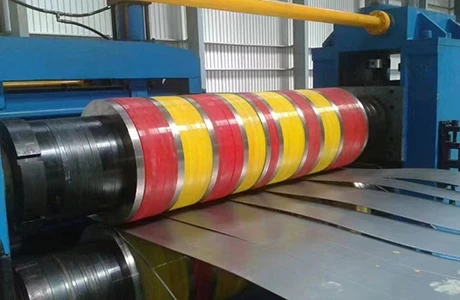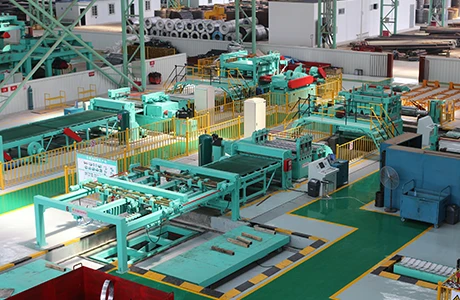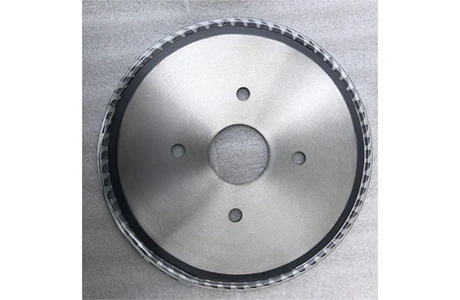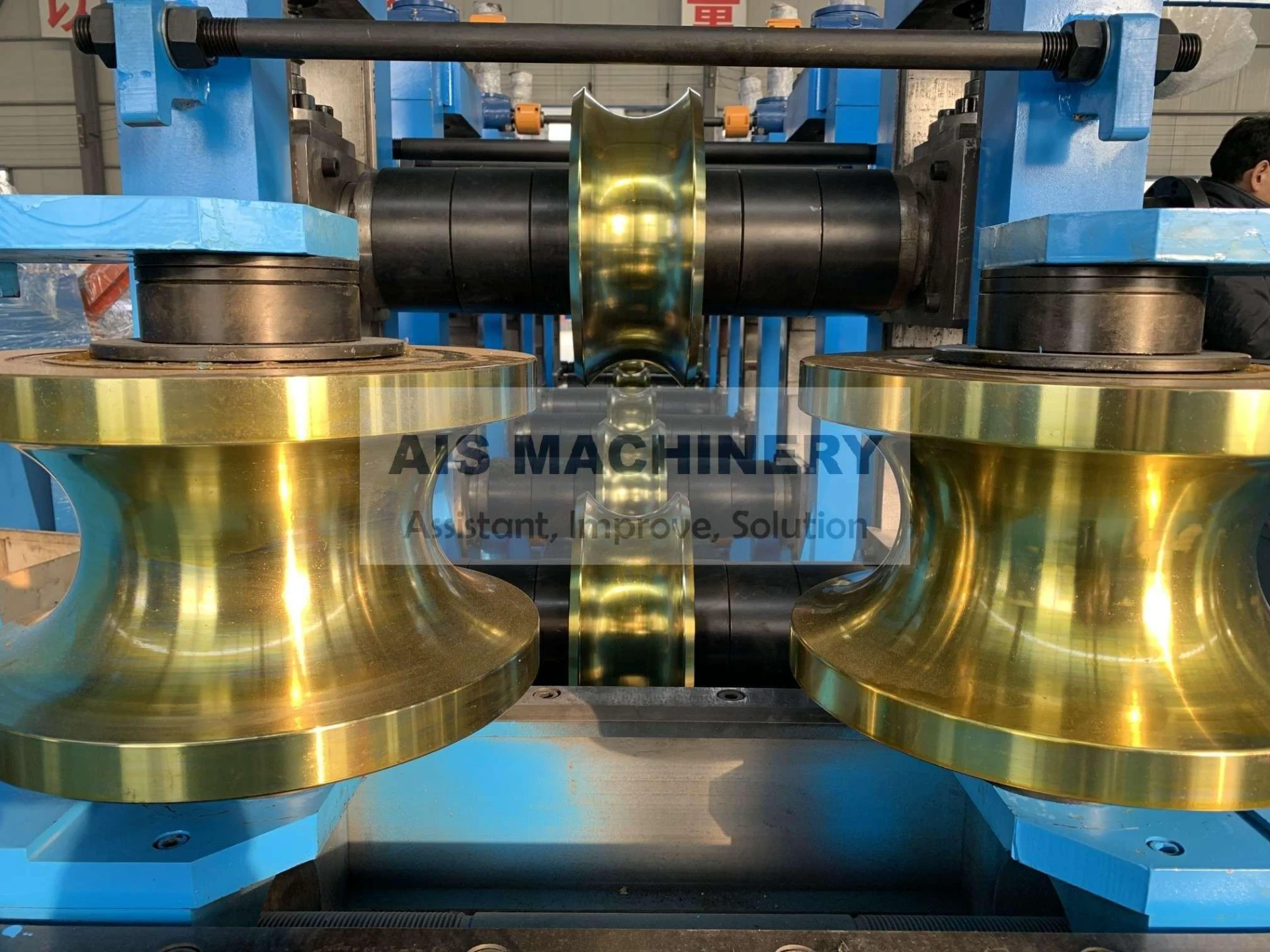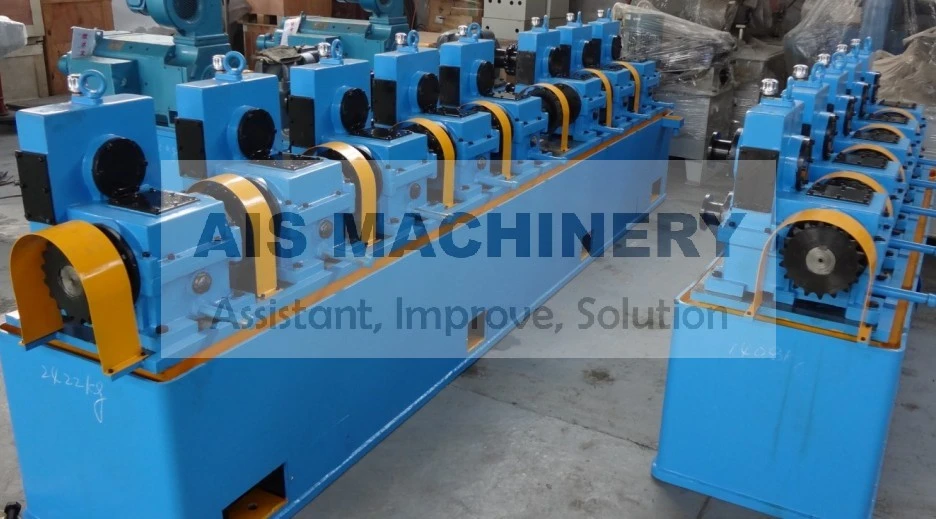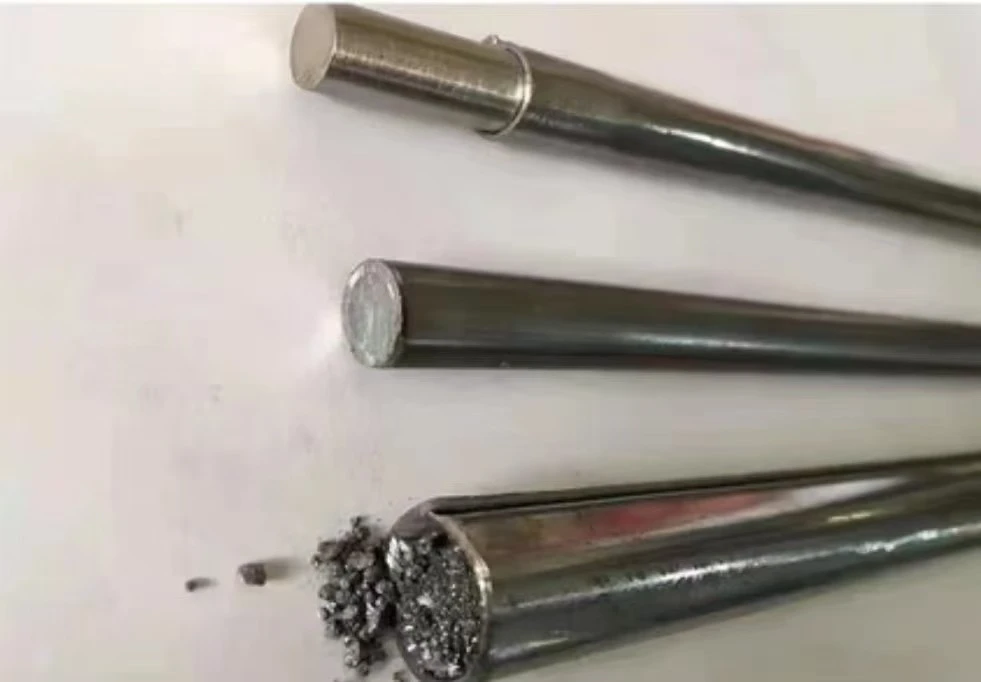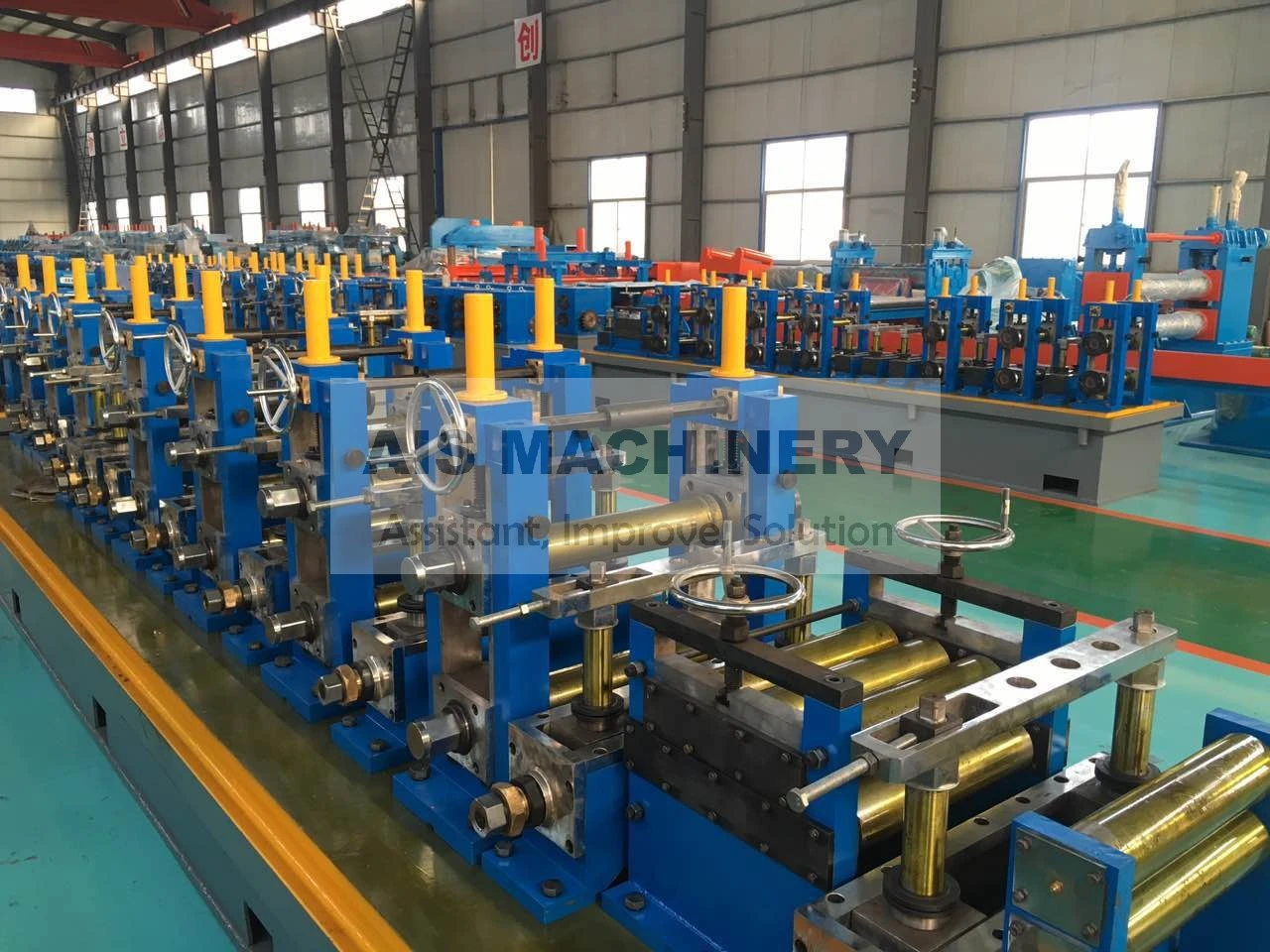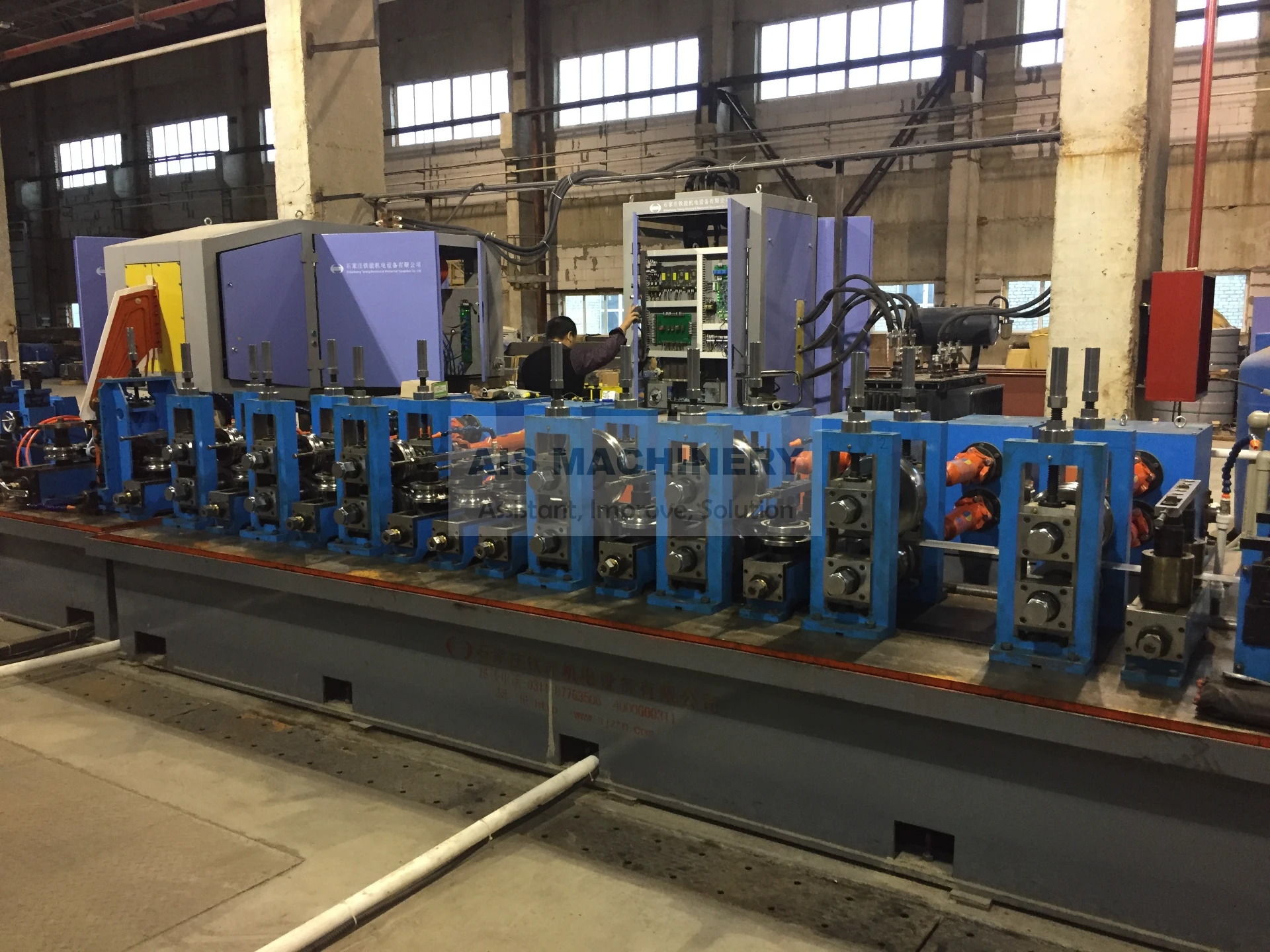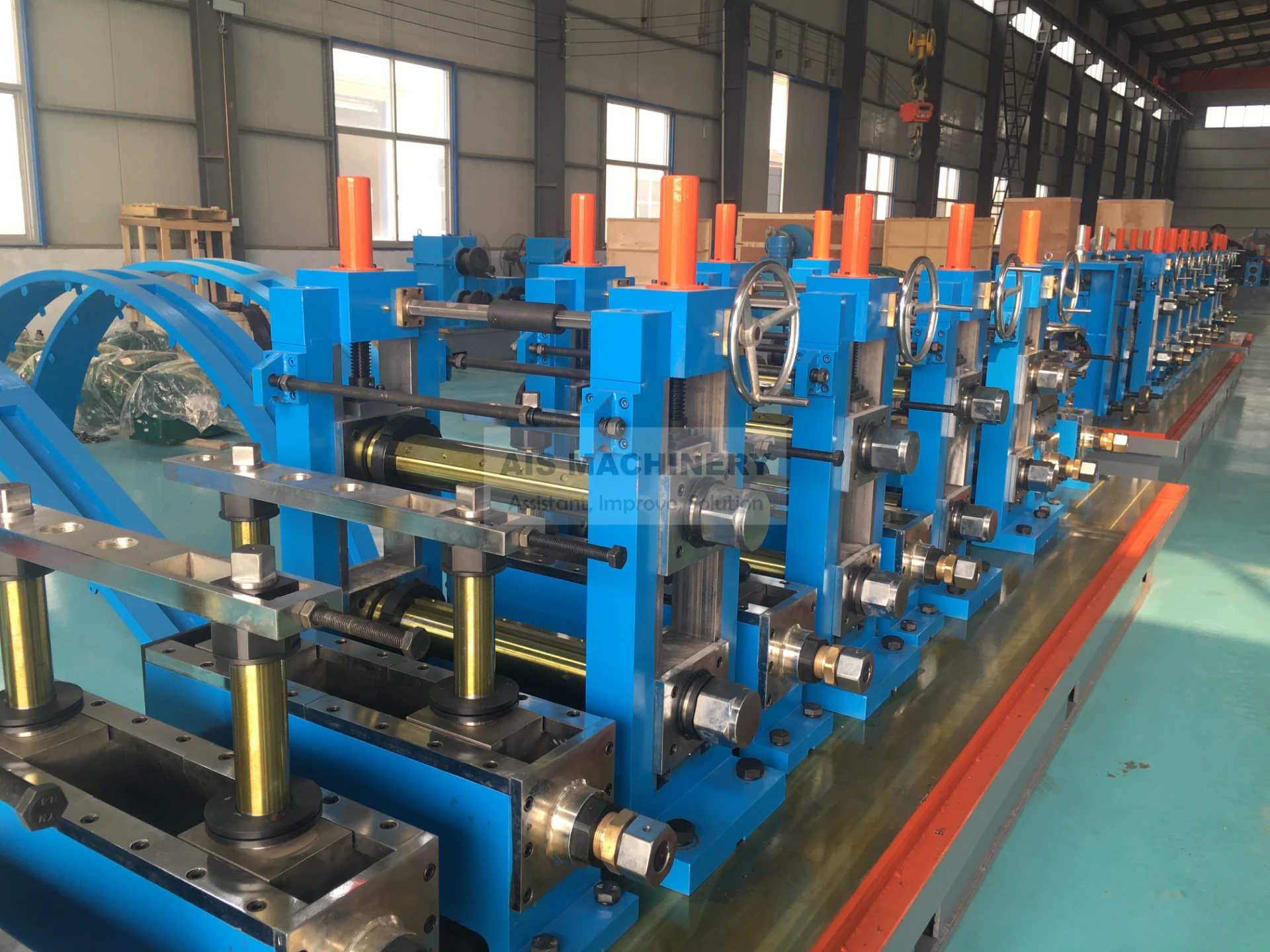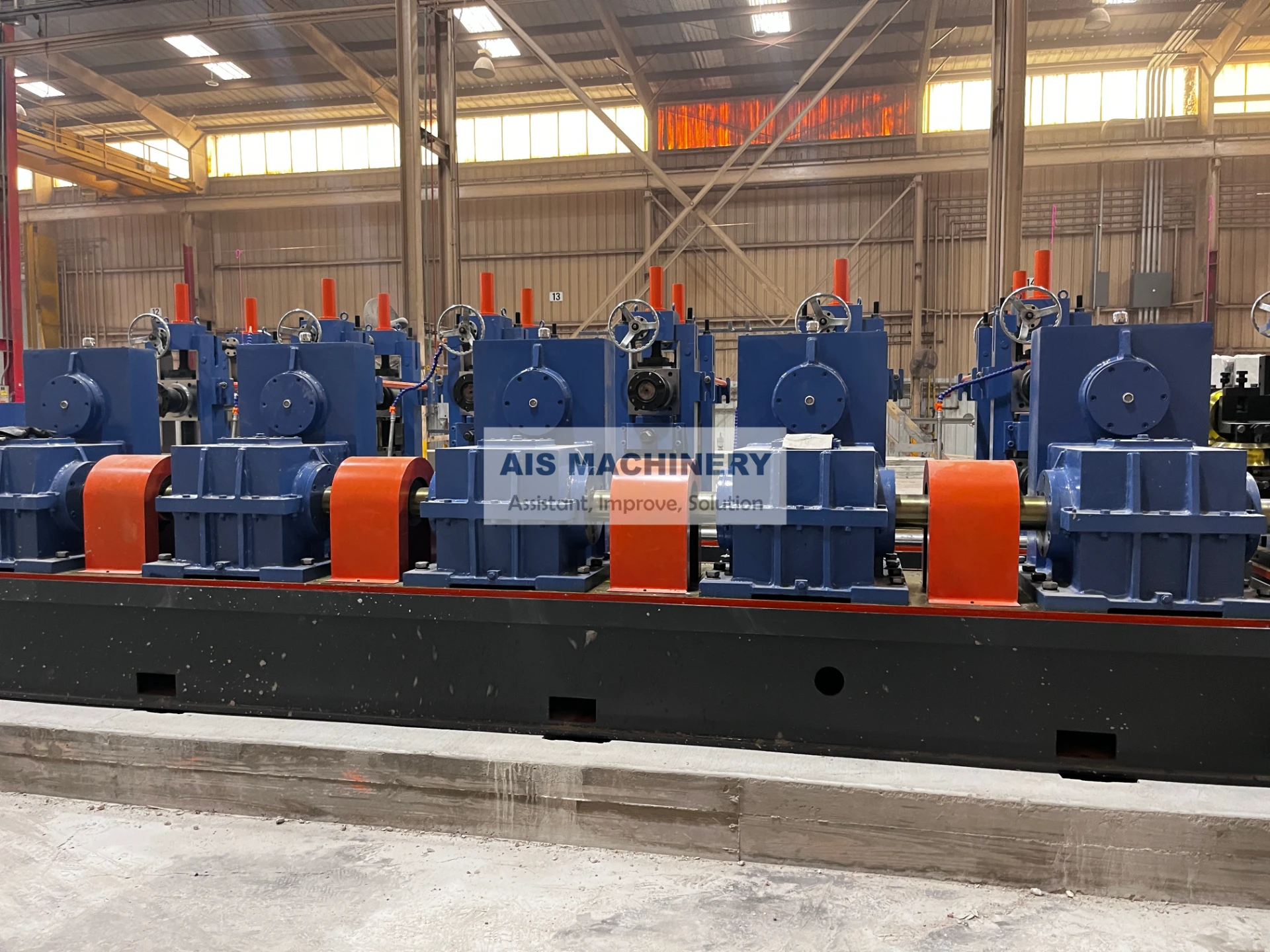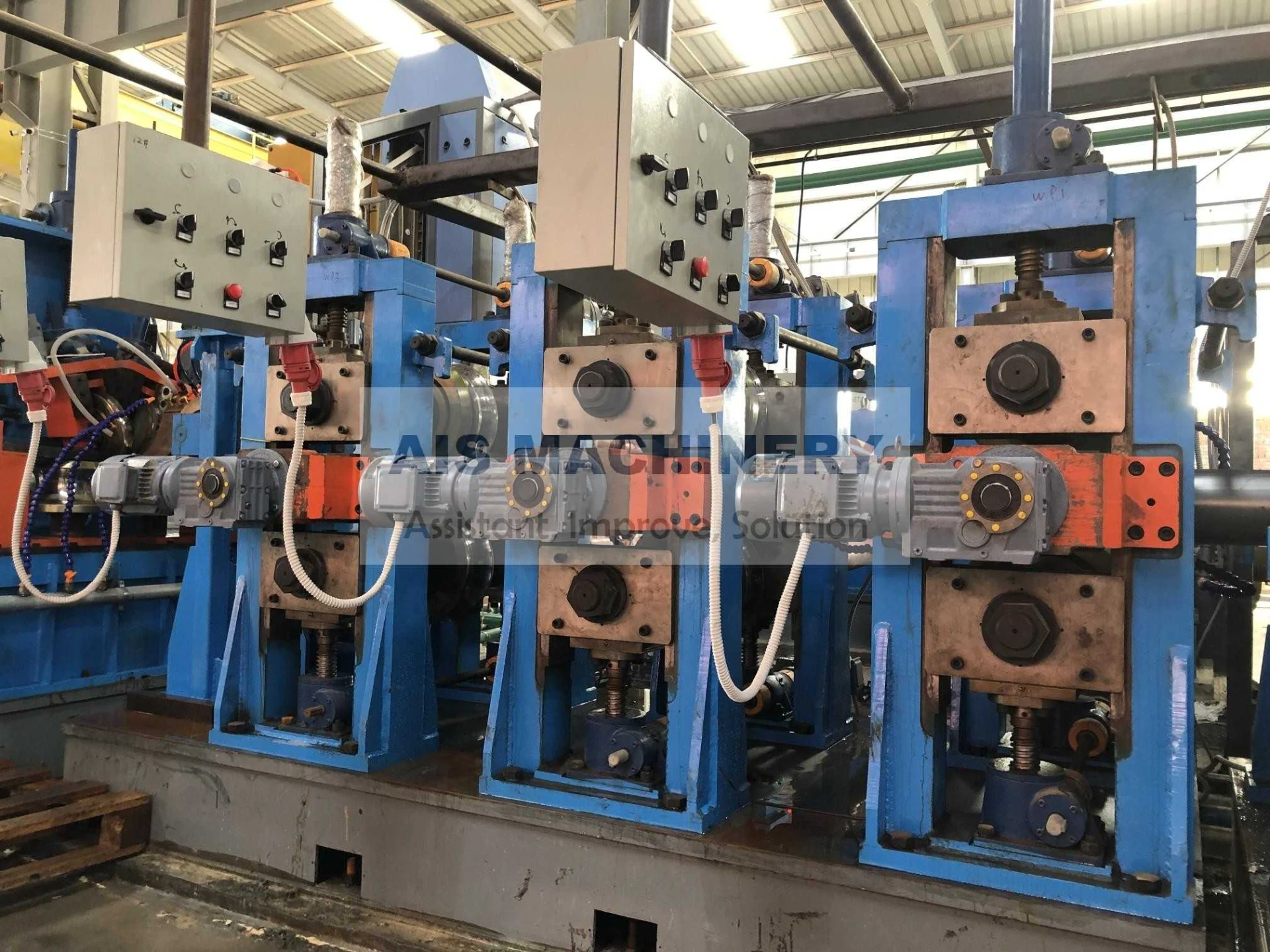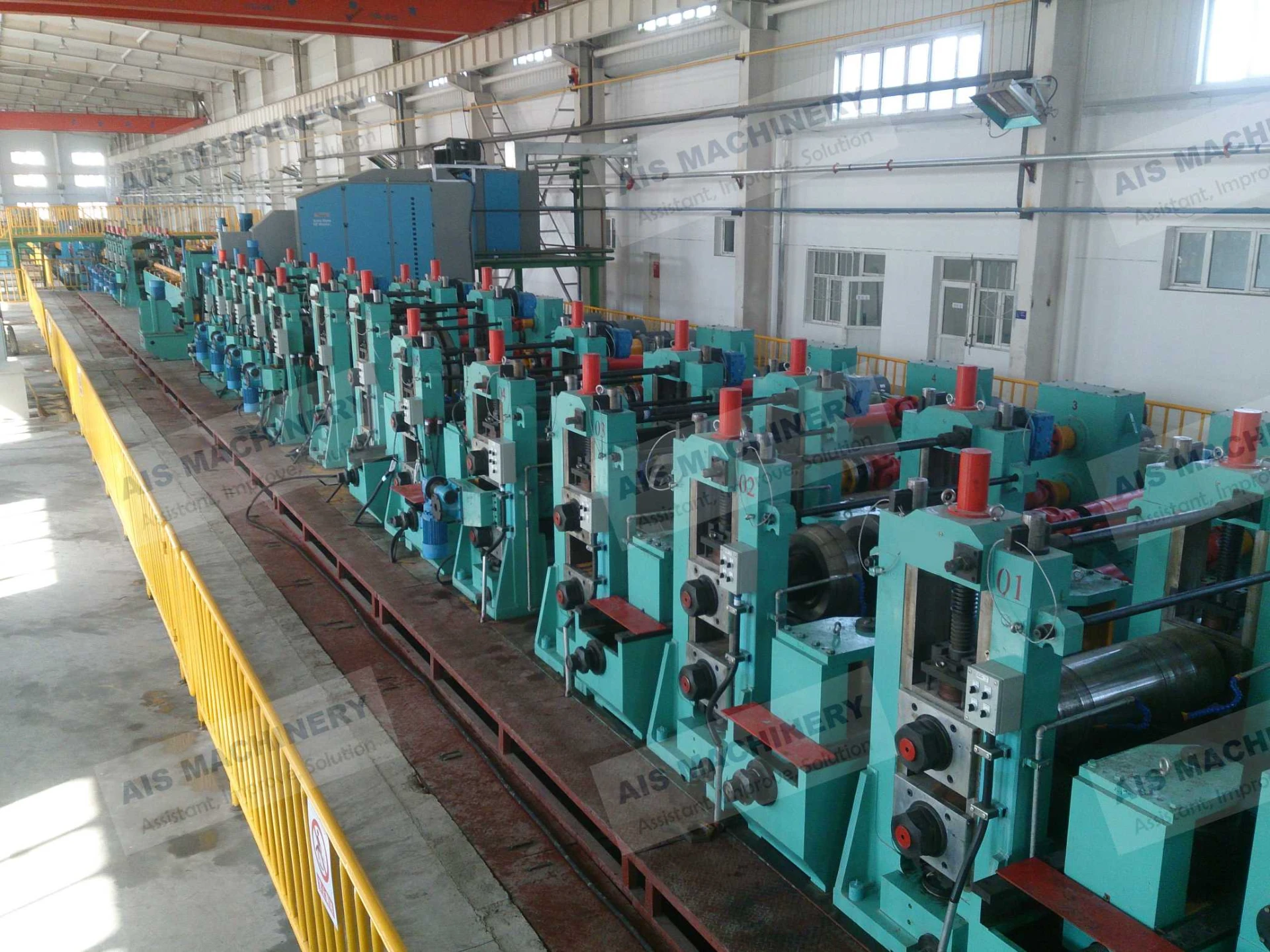-
 Tel:86-15176910262
Tel:86-15176910262
-

Suchen
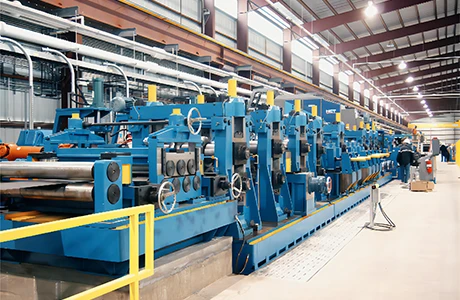
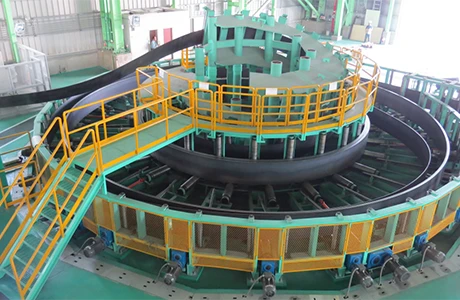
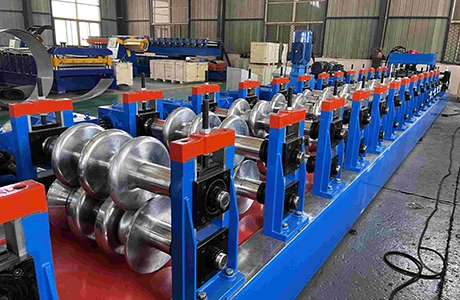
Normale Tech. Rohrmühle
In modern welded tube production, the round-to-square forming process is a widely adopted and proven method. This technique involves first forming and welding the steel strip into a round tube, which is then reshaped into a square or rectangular tube through a specialized sizing section. Compared to direct square forming, this method offers higher flexibility and better product quality, making it the mainstream solution in the industry today.
What Is Normal Tech. Tube Mill?
Process Overview
-
Steel coil is uncoiled and joined seamlessly using shear-end welding to ensure continuous feeding.
-
The strip is gradually formed into a round tube through a series of precision forming rolls.
-
High-frequency induction welding joins the edges, producing a strong and consistent weld seam.
-
Inner and outer weld beads are removed if required.
-
The round tube enters the round-to-square sizing section, where it's reshaped into square or rectangular profiles.
-
Finally, the tube is cut to length, transported, and stacked for collection.
Advantages of Round-to-Square Forming
-
Higher dimensional accuracy: The preformed round tube ensures even wall thickness before reshaping.
-
Superior corner quality: Smooth and uniform R-corners with minimal thinning or distortion.
-
Tooling efficiency: Only the sizing rollers need to be changed for different shapes or sizes, reducing mold change time and cost.
-
Broad compatibility: Works with various steel grades and thicknesses.
-
Material savings: Improved yield and reduced edge scrap.
Corner Radius (R) Features
The round-to-square method allows for precise control over the tube’s corner radius. The process ensures a smooth, gradual transition at corners, minimizing stress concentrations and improving both appearance and structural strength. Depending on the application, both tight and soft R-corners can be produced to meet aesthetic or load-bearing requirements.
Quick Size Changeover
A key benefit of round-to-square systems is the ability to switch tube sizes by changing only the sizing section rollers, while the forming section remains unchanged. This dramatically reduces downtime, making it ideal for flexible production of multiple square and rectangular specifications.
Maintenance Tips
To ensure long-term stability and performance of the round-to-square forming system, regular maintenance is essential:
-
Clean the forming and sizing rollers frequently to prevent scratches or buildup.
-
Monitor weld seam alignment and consistency—proper weld centering aids symmetrical forming.
-
Lubricate bearings and gear units as per schedule to ensure smooth movement.
-
Inspect key components such as scarfing tools, blades, and cooling systems regularly.
-
Check roller alignment and precision in the sizing section after each changeover.
-
Secure all tooling firmly after size adjustments to prevent misalignment during operation.
Eine Nachricht senden
Dear customer, thank you for your attention! We provide high-quality machinery and equipment and look forward to your orders. Please inform us of your needs and we will respond quickly!

